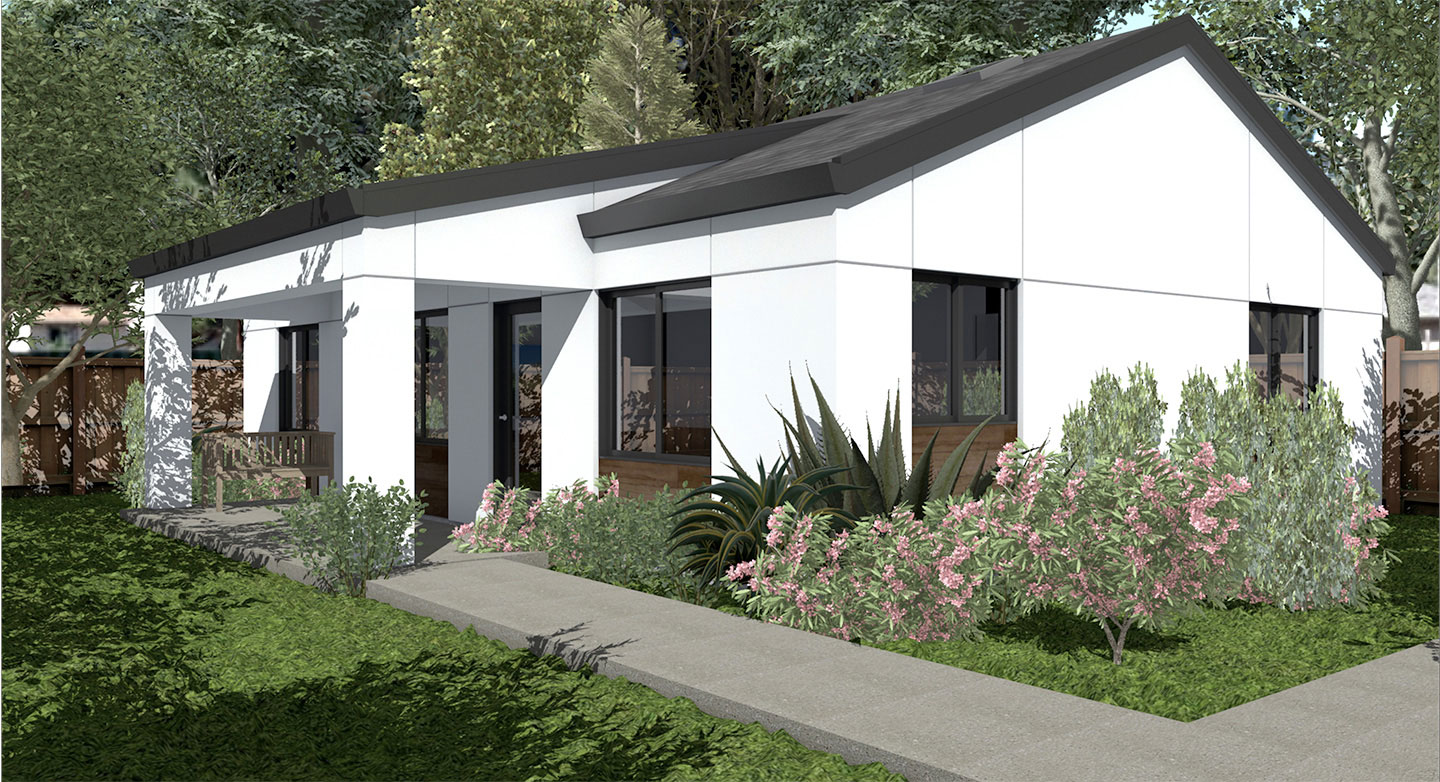September 28, 2021

Due to the housing shortage in California, the City of Danville in conjunction with the California Department of Housing and Community Development have created a fantastic program to incentivize Danville residents to build ADUs on their properties. The ‘Garden Cottage Program’ launched on August 31st, 2020 released 3 pre-approved ADU plans made available to Danville residents only.
What’s so great about this? Well, these plans typically cost anywhere from $15,000 to $30,000 and can take 3 to 4 months to be approved by the city building department. This means if you build an ADU using any of the pre approved plans, you’ll save up to $30,000 and 4 months on the duration of the project.
In this article, we’ll give you some guidance on building your ADU and a helpful tip on financing the construction.
Determine the square footage you need
The Garden Cottage Program released a set of plans for a 640 sq ft studio, 840 sq ft 1 bed 1 bath, and a 1000 sq ft 2 bed 2 bath ADU. Determining which ADU is right for you depends on what you intend to use the ADU for and what you’re able to spend on construction.
If you intend to rent out the ADU, we recommend the 840 sq ft model. This is the ideal space if you’re looking to rent to a young professional working in the Bay Area. Rents for comparable 1 bed 1 bath spaces can run up to $3,000 a month in the city of Danville.
With our team, ADU construction costs $450 per square foot so the 840 sq ft model will cost around $380,000 for labor and rough materials. This cost could go up depending on how you intend to furnish the space. High-end flooring, countertops, and trim pieces add up on larger spaces!
Stay till the end of this article for our recommendation on how to finance your ADU.
Where to place your ADU
The 2 major considerations when deciding where to place your ADU are the setback requirements and the ADU’s placement in relation to the utilities. As a rule of thumb, you’ll want to keep the perimeter of the ADU 14ft away from the property lines. Determining the exact set back requirements will be subject to what your lot is zoned as. To find out what your property’s set back requirements are for the ADU, ask your contractor or call the Danville Building Department and ask them what the set back requirements are; they will need your address.
Lastly, you’ll need to consider the placement of the ADU in relation to where the utilities are. Almost always, utilities are found along the nearest street or at some point on the main home on the property. Building an ADU would require your builder to tie into either the utilities on the main home or the utilities on the street.
How long ADU construction lasts
Our company’s average has been 1 month of construction time for every 150 sq ft. So the 840 sq ft model should be built in about 5.5 months.
It isn’t apparent but acquiring permits is actually the process that takes the longest for any construction project. If you were building an ADU using a different set of plans, the process would take up to a year.
What you can customize on your ADU
You can only modify non-structural elements of the Garden Cottage Program plans to avoid going through the approval process. Non-structural elements include the flooring, the door’s facade, the window’s facade, countertops, vanity, light and plumbing fixtures, the paint, the trim, and the cabinets. If you’re unsure of what you’re allowed to change, ask your contractor.
How to finance your ADU
Building an ADU is expensive but also a good investment. Properly built ADUs will raise the value of your property and this makes ADU construction the ideal project for home equity based loans. Renofi loans allow you to borrow up to 90% of your home’s after-renovation value (ARV) and with ADU construction being a tested and true method of raising our home value, we recommend you work with a Renofi advisor to find the best financing options.

